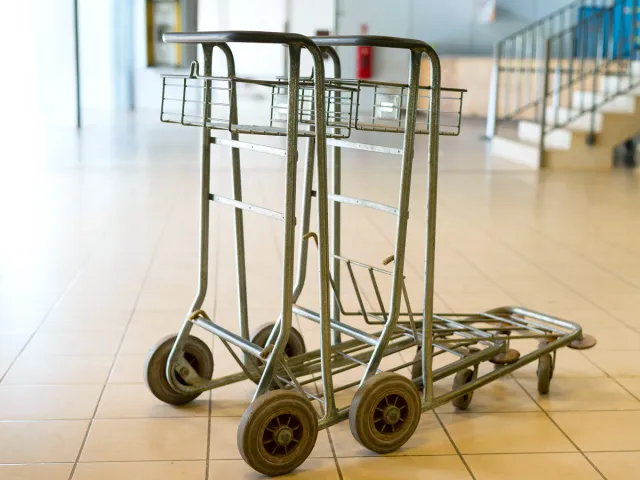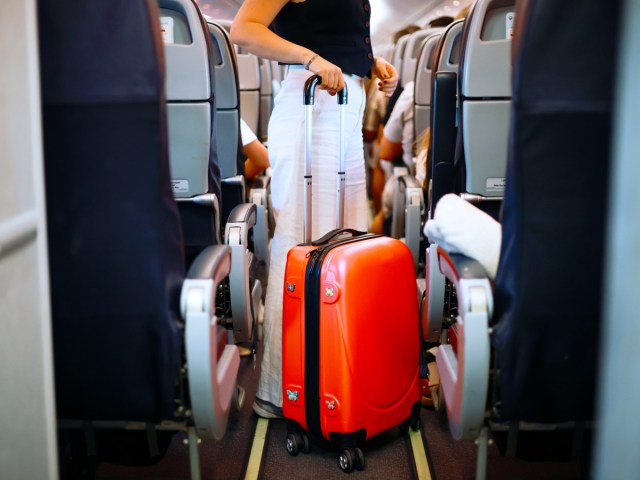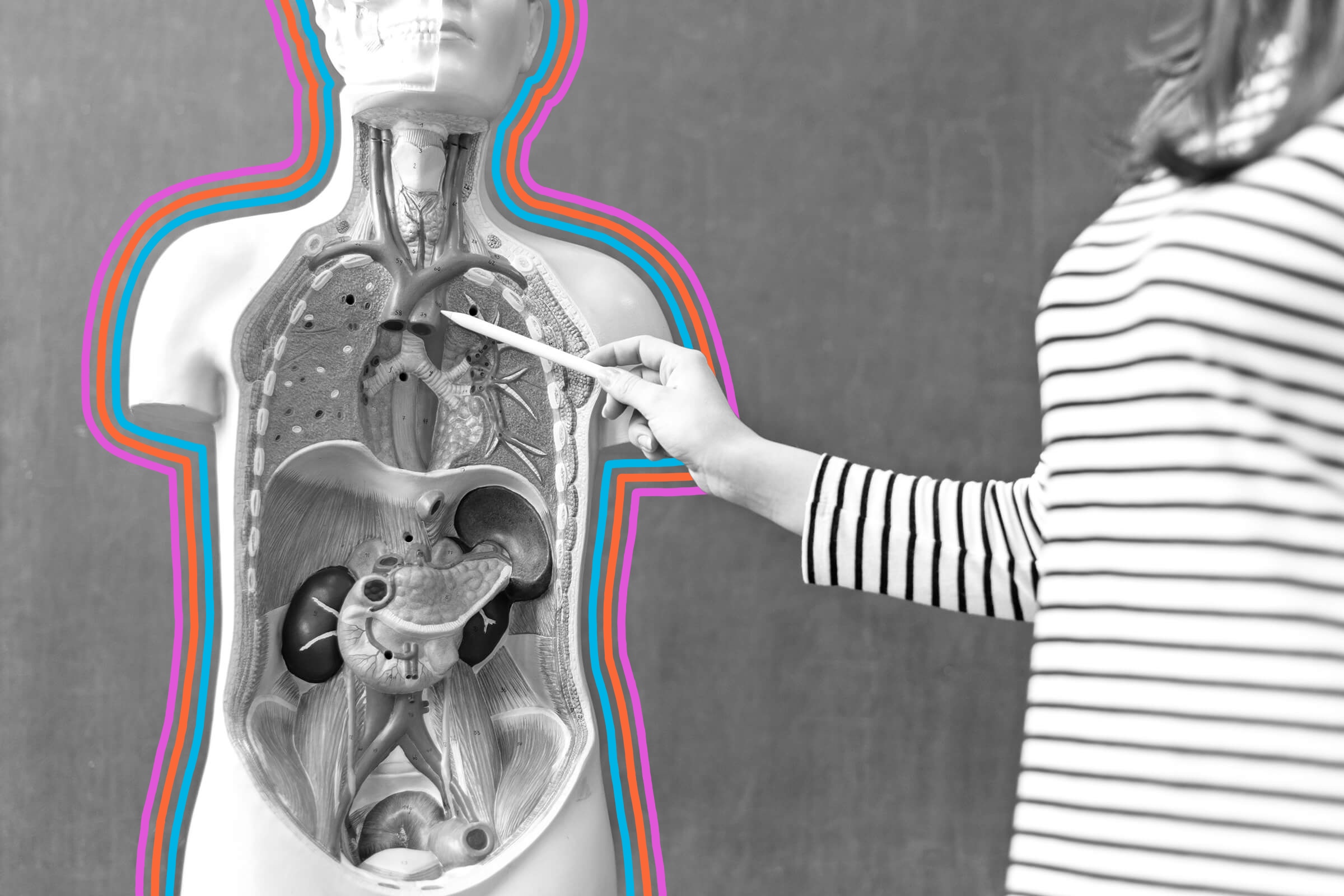Turbulence is one of the most common sources of anxiety for air travelers — even for those who fly often. According to a recent study, around one in three Americans report having a fear of flying, and turbulence is cited as the most common culprit. After all, a sudden dip or midair wobble can feel alarming, especially if you can’t see what’s causing it. Experts agree that there’s nothing to worry about, but fear isn’t necessarily rational. Still, by understanding more about this natural phenomenon, you can help calm those preflight jitters. Let’s tackle the stigma surrounding turbulence to help you feel more at ease during your next flight.
The Science Behind Turbulence
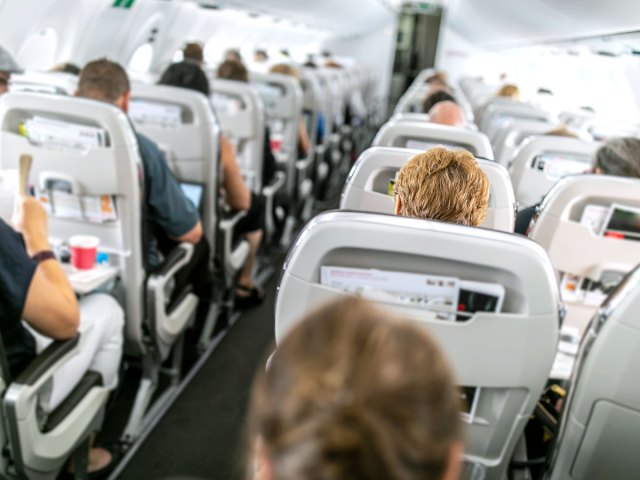
Turbulence is an invisible form of air movement that causes an aircraft to move erratically. The National Weather Service identifies four main types of turbulence:
- Mechanical turbulence: This occurs when friction is created by irregular terrain, such as mountains, and human-made obstacles, like large buildings.
- Thermal turbulence: This happens when uneven heating of the ground causes warm air to rise and cool air to sink, leading to bumpy and gusty conditions. This is most common in the afternoon.
- Frontal turbulence: This arises when warm air is lifted along a sloping front (a place where two air masses meet) — warm air interacts with colder air, creating unstable conditions.
- Wind shear: This is the technical term for a change in wind direction and/or wind speed over a specific horizontal or vertical distance; it is caused by factors such as thunderstorms, temperature inversions, and jet streams.
Turbulence can occur unexpectedly even if the air appears to be clear, in a phenomenon known as “clear air turbulence.” This is caused by wind shear and is most frequent during winter and least frequent during summer. It also appears to be happening more often, with some studies suggesting climate change as the main culprit.
Lastly, there are also different intensity levels of turbulence, which are typically classified as light, moderate, severe, or extreme. While most turbulence is “light,” meaning very mild, the most extreme types, though rare, can lead to structural concerns with the aircraft. But even moderate turbulence can be disruptive. For instance, during moderate turbulence, food and drink service may be temporarily paused for everyone’s safety.
How Often Does Turbulence Happen?
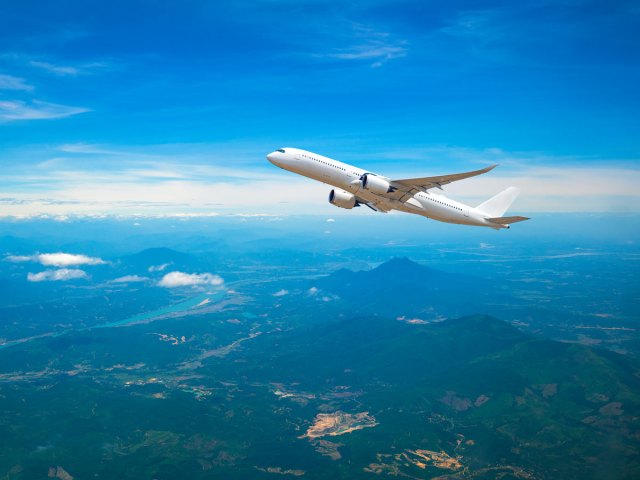
According to the National Weather Service, turbulence, while unpredictable, doesn’t occur frequently. At cruising altitudes, only about 3% of the atmosphere has conditions that lead to light turbulence at any given time — and just 1% has moderate turbulence. The likelihood of experiencing severe turbulence is even lower, at a fraction of a percent.
There is a caveat, though. Some flight routes are naturally bumpier than others because they fly over locations such as mountainous regions, which are more prone to experiencing turbulence. This is why the Rocky Mountains, for instance, see the most turbulent flight routes in the United States. Meanwhile, areas with changing wind patterns are also prone to turbulence, such as where the jet stream crosses the North Atlantic Ocean, which happens to be one of the world’s busiest flight routes.
Is Turbulence Something To Be Worried About?
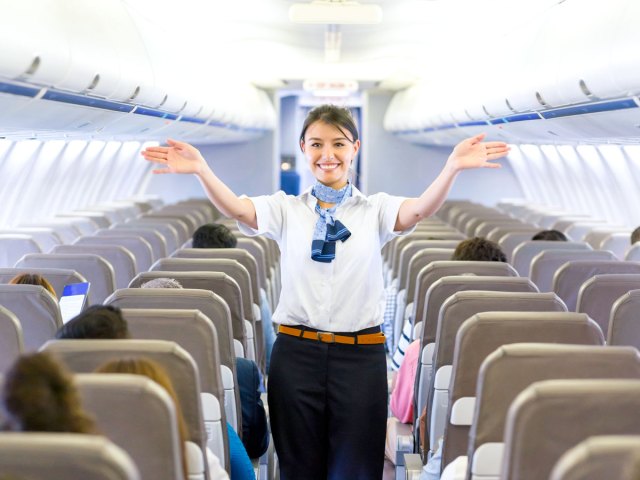
Writing for his website Ask the Pilot, airline pilot and author Patrick Smith reassures travelers that turbulence is nothing to worry about. He explains that aircraft are designed to endure “an extreme amount of stress,” and the level of turbulence needed to cause catastrophic damage is something “even the most frequent flyer — or pilot for that matter — won’t experience in a lifetime of traveling.”
Statistics on turbulence-related injuries highlight just how rare they are. Between 2009 and 2024, the FAA reported 207 severe passenger injuries caused by turbulence, which averages to about 13 injuries per year. Considering that more than 3 million passengers fly through U.S. airspace daily, the likelihood of being seriously injured by turbulence is very close to zero.
The chances of a plane crashing due to turbulence are even more improbable. “Over the whole history of modern commercial aviation, the number of jetliner crashes caused by turbulence, even indirectly, can be counted on one hand,” Smith writes.
How To Stay Safe During Turbulence

While turbulence is rarely very dangerous, it is still the leading cause of nonfatal injuries to passengers and crew. So, it’s best to err on the side of caution. The FAA provides guidelines to help passengers stay safe during turbulence and prevent injuries.
Most importantly, the agency recommends that passengers keep their seat belts buckled whenever they are seated, even if the “fasten seat belt” sign isn’t illuminated. This may seem like overkill, but most turbulence-related injuries occur to those who are not wearing their seat belts at the time of the incident. Due to the unpredictable nature of turbulence, pilots can’t always warn passengers ahead of time.
Of course, there are also instances when passengers are required to be buckled in, per FAA regulations. This includes whenever the plane is taxiing, as well as during takeoff and landing. In addition to wearing your seat belt, be sure to stow large or heavy items in the overhead bins securely, as loose objects can become hazardous in bumpy conditions.
While these guidelines may seem stringent, they’re in place to keep you, your fellow passengers, and air crew safe during unpredictable flying conditions. And remember, while bumps and drops may feel unsettling in the moment, they’re a regular part of flying. Modern aircraft are built to handle far more than turbulence can throw at them.
More from our network
Daily Passport is part of Inbox Studio, which publishes content that uplifts, informs, and inspires.












